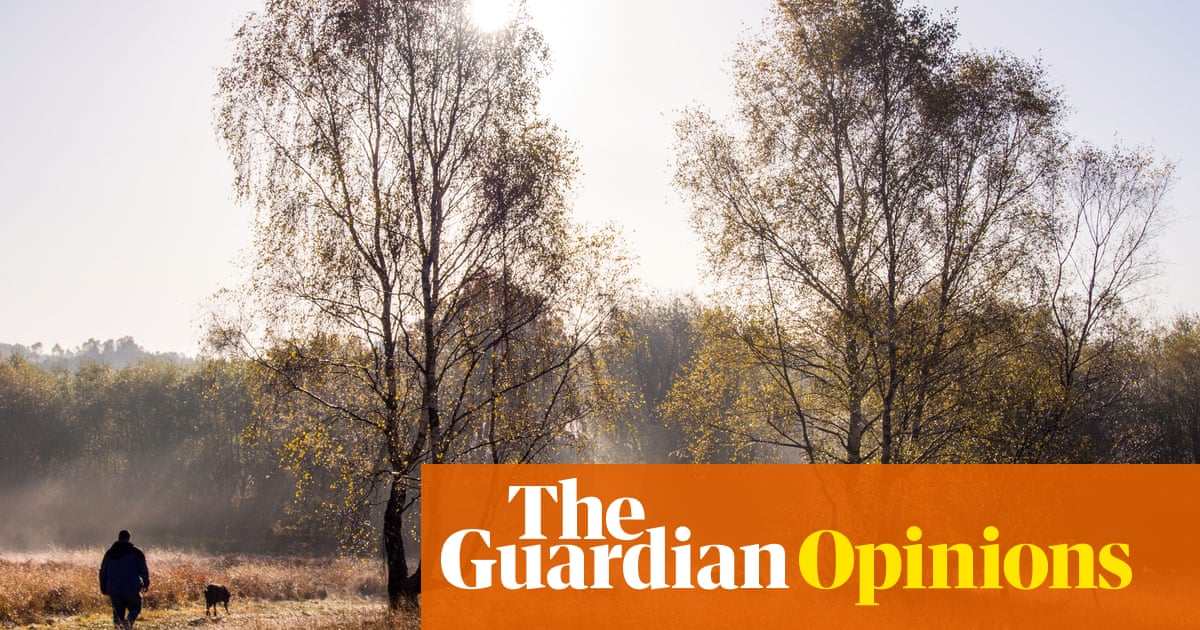In recent weeks, various nature groups and newspaper columnists have promoted claims that the government’s flagship planning and infrastructure bill is a“nature sellout”. The argument goes that the government is conspiring with malign developers todestroy irreplaceable habitatsas a first resort. This sounds alarming, if only it were true.
The truth is that our current framework for protecting habitats has been in place for decades but has failed to prevent nature loss. This is because we approach conservation in the least effective way possible, with tens of thousands of individual site-by-site protections. Ecological science is clear that this is outdated. Modern conservation strategies recognise the necessity of interconnectivity and scale for supporting complex ecosystems.
As well as failing nature, this system adds yet more costs and barriers to the new homes and infrastructure our country needs, because builders are distracted by cooking up well-meaning but ultimately piecemeal mitigation schemes with questionable impact, such as the nowinfamous HS2 bat tunnel, which is ridiculed by environmentalists and industrialists alike.
Without more homes, wealth will continue to concentrate and homelessness will grow. Without better infrastructure, we cannot build more prosperous communities across the Midlands and north. And without getting smarter, habitat decline is inevitable. The status quo will see more young people robbed of the joy of nature, the security and socioeconomic mobility that previous generations enjoyed, and it will hinder our efforts to tackle the climate crisis. Something needs to change.
The government has proposed a solution. The bill will establish a nature restoration fund, which will support a number of strategic nature restoration schemes across the country at a scale that is genuinely impactful.
Natural England will produce a series of “environmental delivery plans”, underpinned by ecological science, explaining how it will deliver an “overall improvement in conservation status” for a given environmental feature. This test is set out in the legislation. Unlike now, performance will be regularly measured against what was promised and the approach in the plans must be amended if they are not delivering. This will mean results are easier to evaluate and scrutinise, as well as making enforcement simpler. Crucially these schemes will operate across council boundaries, because nature does. Instead of creating their own bespoke schemes, developers will financially contribute to much greater environmental outcomes nationally. This is what is meant by a “win-win”.
Noise about the legislation misses the point that nothing changes until the delivery plans are in place. That is where the action is. Until they are in place, the existing safeguards persists. And until draft plans are published, there is a vacuum in which alarm can thrive. So let’s debunk some myths.
Green spaces will not vanish. Amenity green space is vital for healthy, fulfilling lives, which is why it is a core principle and given protected designation by the government’s new national planning policy framework, and new green spaces created with funds already levied on development. However, local parks and ponds are not great banks of biodiversity, and are no substitute for the woods and wetlands we need at scale. The creation of those habitats will be made possible with the funds levied.
Rare habitats such as chalk streams will not be destroyed under the promise of new habitats elsewhere. This is an obviously ridiculous caricature; any such proposal would not pass the hurdles set out in the legislation and NaturalEnglandwould never claim it can create a new chalk stream.
This has not been cooked up in a smoke-filled room with the volume housebuilders. On the contrary, I know first-hand that environmental leaders were intimately involved in its development, which is why organisations like RSPB, Wildlife Trust and Green Alliance were supportive when the Bill was published. . Regretfully, some havechanged their tune, and nowprefer to defend regulationsover defending nature.
The proposal is not perfect, but it isn’t intended to be. It will take years to be fully implemented and even that is subject to Natural England securing Treasury support in the forthcoming spending review. But it is a serious reform and it must be viewed within the wider context of what this government is doing.
The government’s land use framework proposes to support farmers to deliver nature and climate benefits across 1.6 million hectares of land – more than the total developed for housing – by 2050. Meanwhile, it has banned bee-killing pesticides and the burning of peatlands, and its farming roadmap supports a shift towards regenerative farming methods.
By comparison, just 30,000 hectares of land will be developed to deliver 1.5m homes this parliament, and, over the same period, if current rates of tree planting are sustained, more than double will be used to create new forests.
John Cunliffe’s reviewlooks set to recommend a shift to nature-based solutions to flooding and water pollution. Replacing concrete with more reed- and tree-lined banks will benefit billpayers and the environment.
While the government has walked into a fight with environmental groups, it is also quietly getting on with radical change to enhance our green and pleasant land.
Nick Williams was an economic policy adviser to Keir Starmer between 2023 and 2025, having previously worked in HM Treasury
